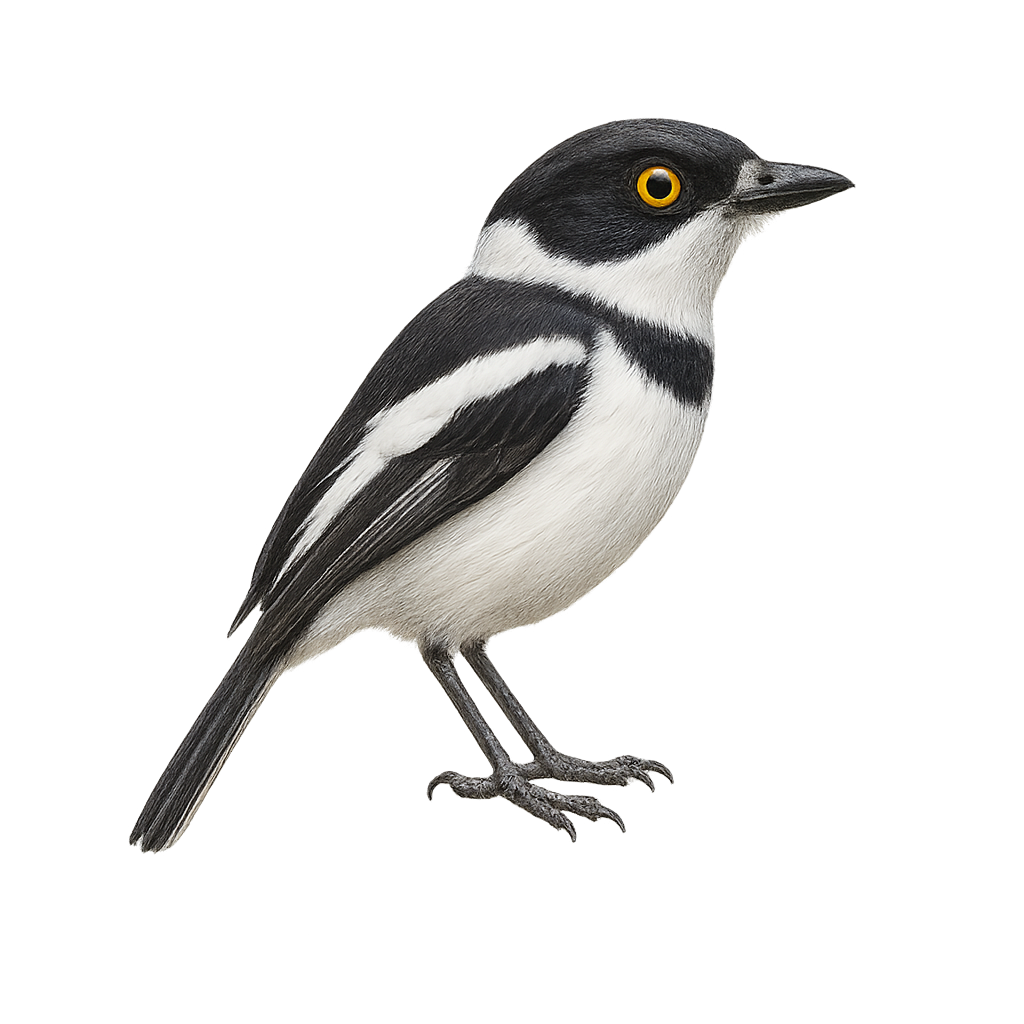Your wildlife photography guide.
Explore the chinspot batis in detail, study its behavior, prepare your shots.
Where to observe and photograph the chinspot batis in the wild
Learn where and when to spot the chinspot batis in the wild, how to identify the species based on distinctive features, and what natural environments it inhabits. The WildlifePhotographer app offers tailored photography tips that reflect the chinspot batis’s behavior, helping you capture better wildlife images. Explore the full species profile for key information including description, habitat, active periods, and approach techniques.
Chinspot Batis
Scientific name: Batis minor

IUCN Status: Least Concern
Family: PLATYSTEIRIDAE
Group: Birds
Sensitivity to human approach: Suspicious
Minimum approach distance: 10 m
Courtship display: November to December
Incubation: 14-16 jours
Hatchings: November to January
Habitat:
Forests, savannas, woodlands
Activity period :
Primarily active during the day, with peak activity in the morning and late afternoon.
Identification and description:
The Chinspot Batis is a small passerine bird belonging to the Platysteiridae family. It is primarily found in wooded areas and savannas of sub-Saharan Africa. This bird is characterized by its black back contrasting with its white belly and grey flanks. Males display a black breast band, while females have a browner band. They are often seen in pairs or small groups, feeding on insects caught in flight or on foliage. Their song is a soft whistle, often repeated. Although their habitat is relatively stable, they can be affected by deforestation.
Recommended lens:
400 mm – adjust based on distance, desired framing (portrait or habitat), and approach conditions.
Photography tips:
To photograph the Chinspot Batis, it is advisable to use a telephoto lens of at least 400mm to capture precise details without disturbing the bird. Look for areas where they are active, such as forest edges or savannas. Be patient and discreet, as these birds can be suspicious. Use a tripod to stabilize your camera and wait for the bird to perch on an open branch to get a sharp shot.
The WildlifePhotographer App is coming soon!
Be the first to explore the best nature spots, track rutting seasons, log your observations, and observe more wildlife.
Already 1 432 wildlife lovers subscribed worldwide

